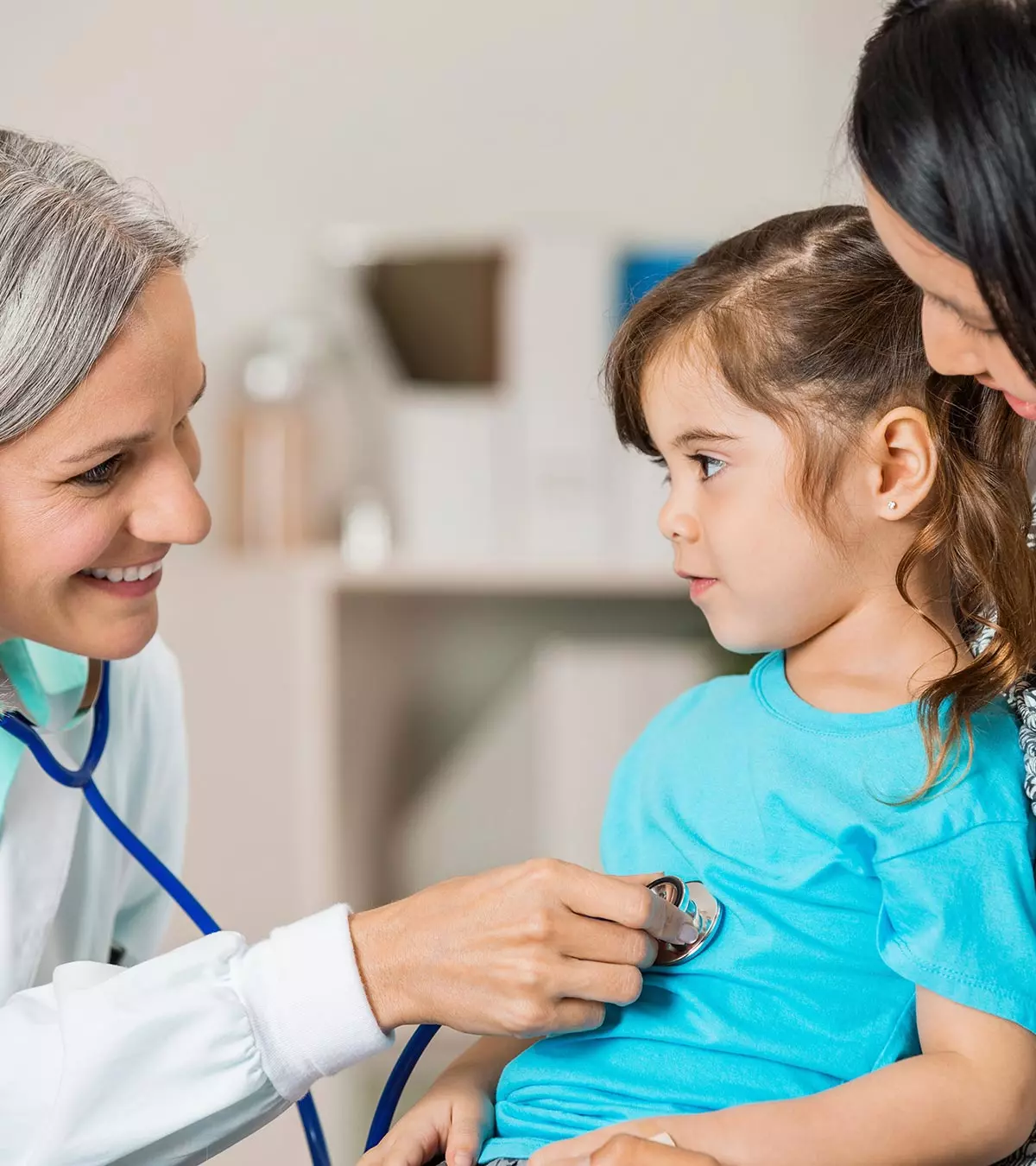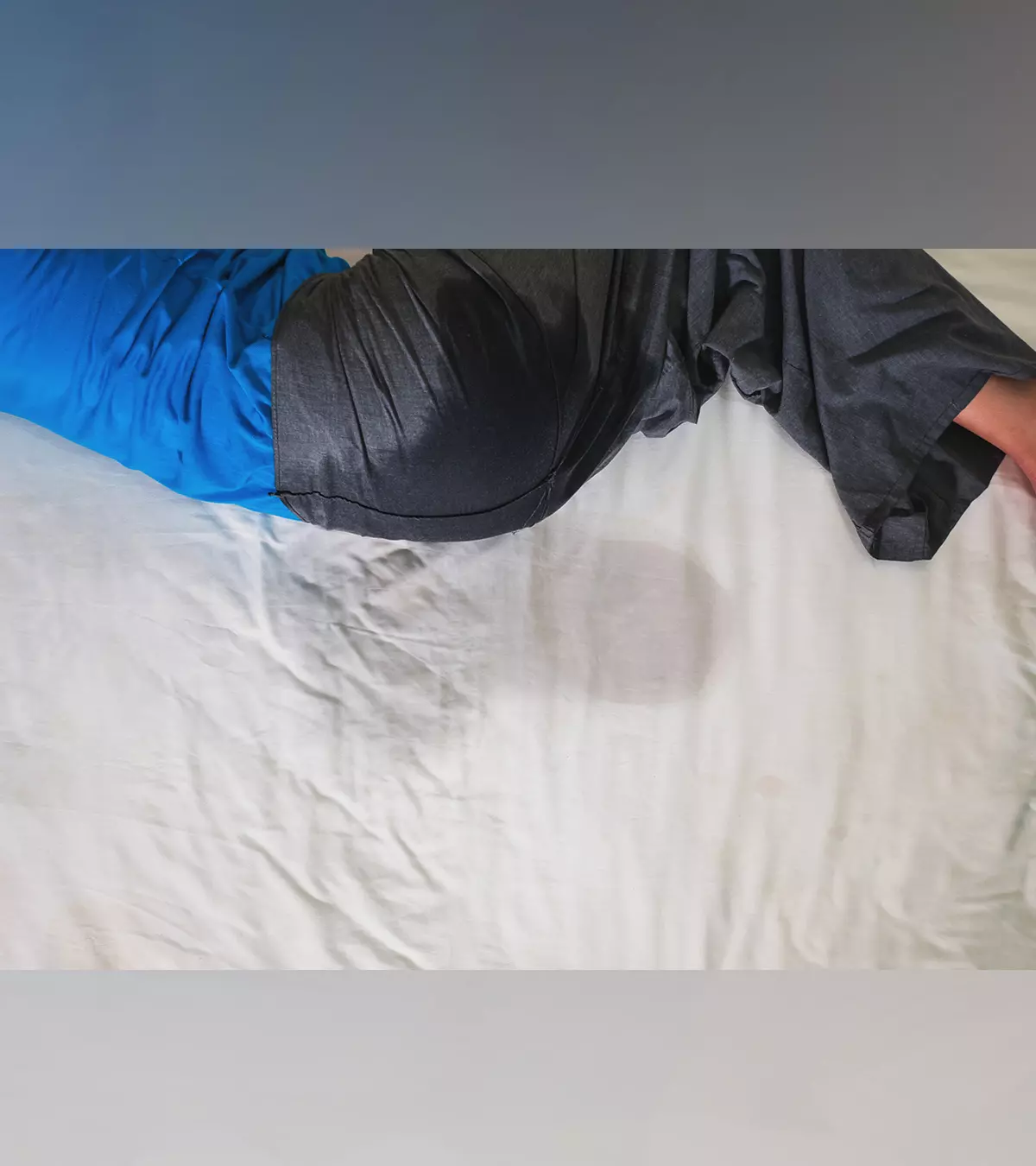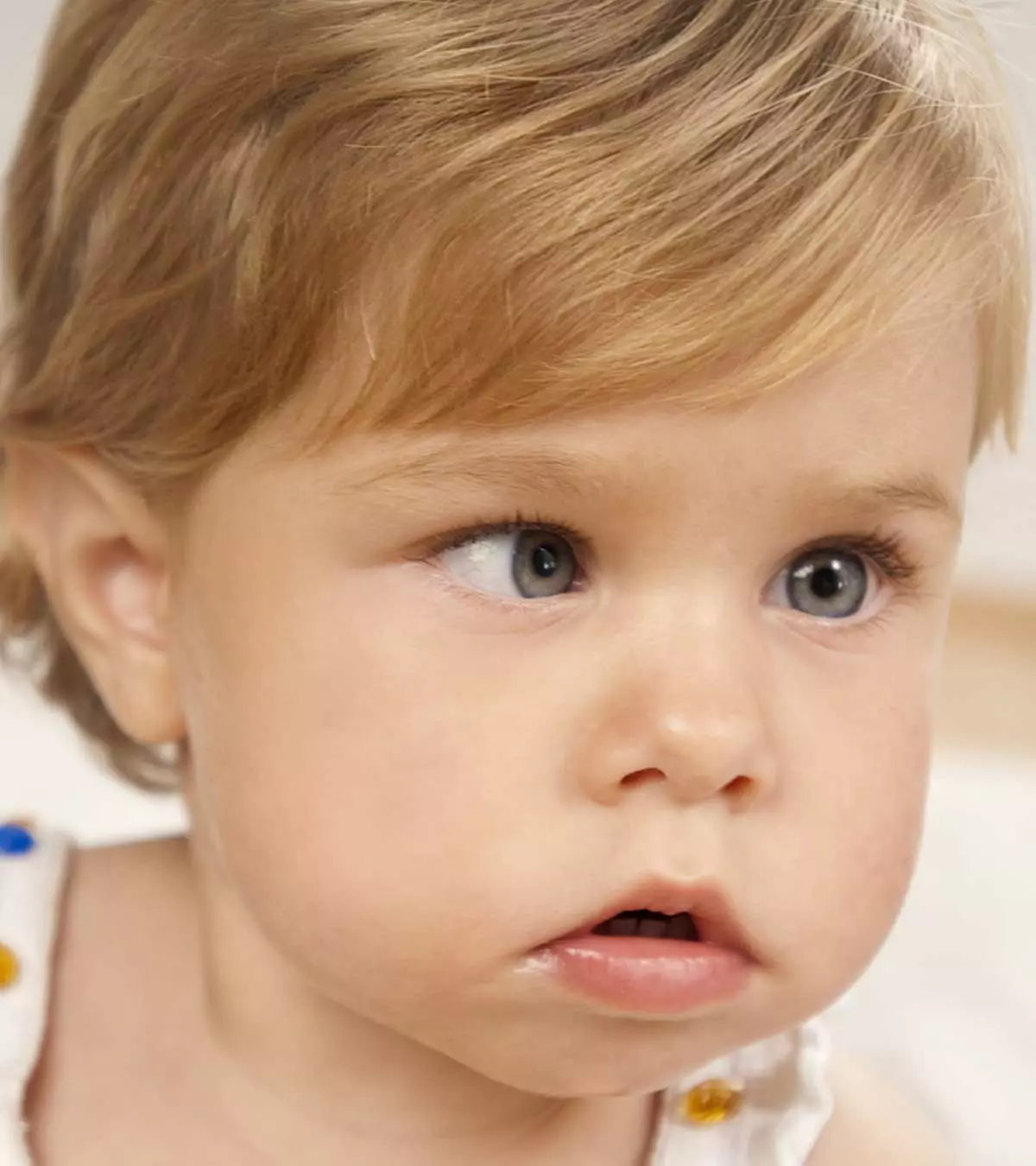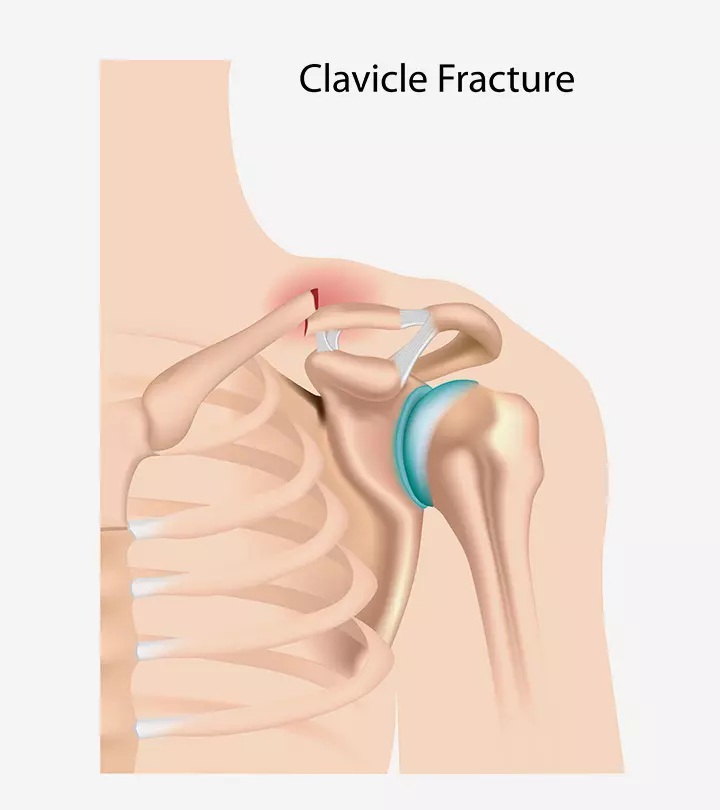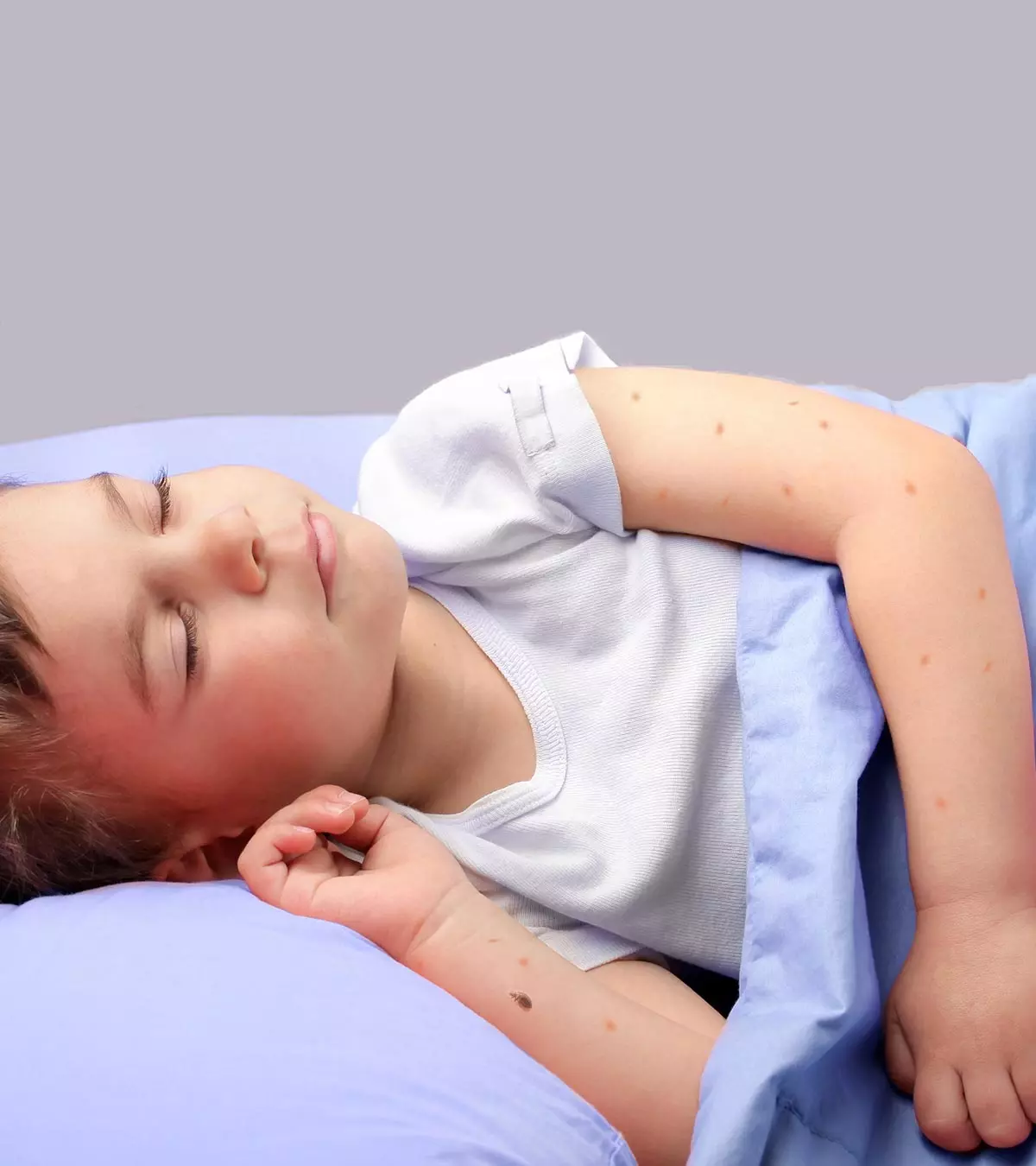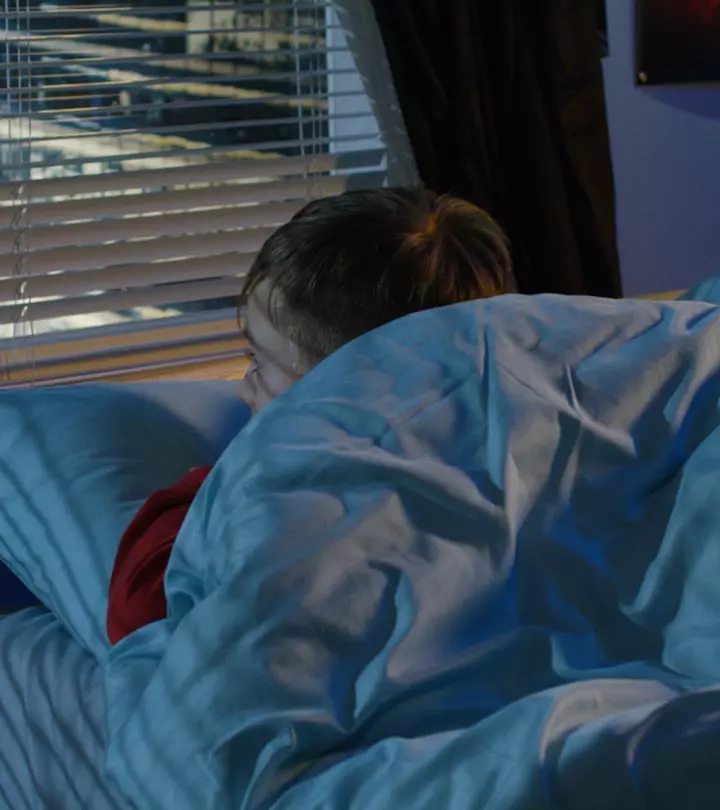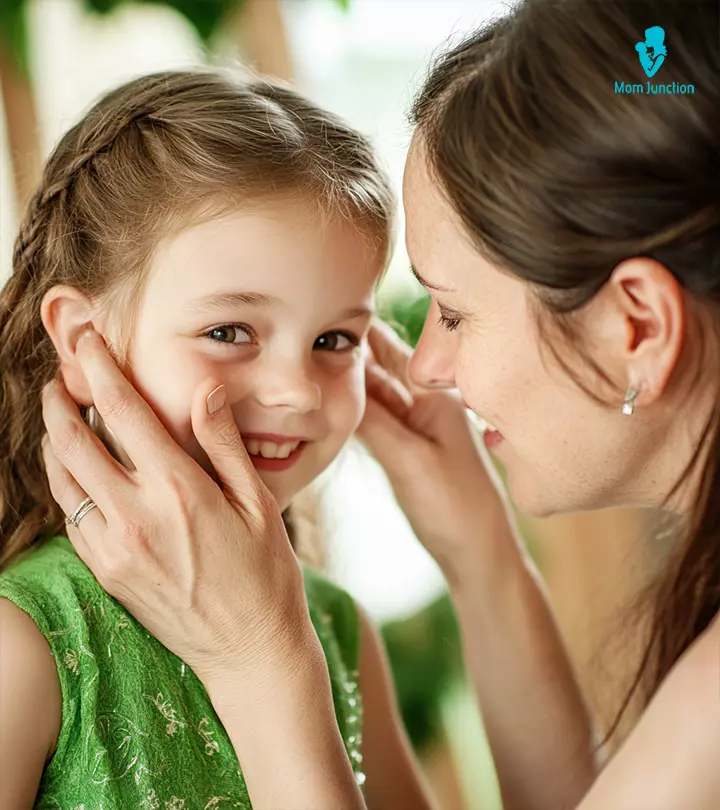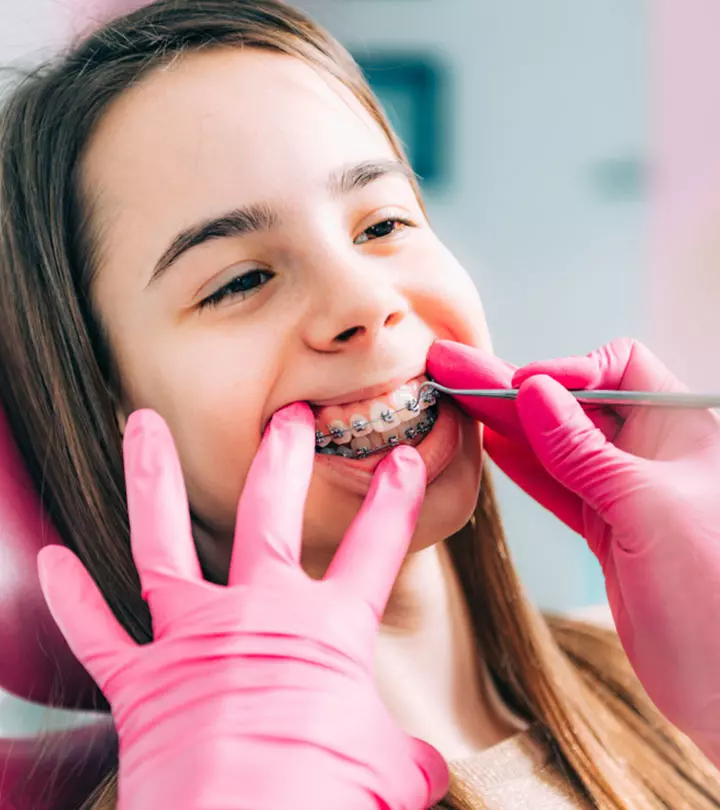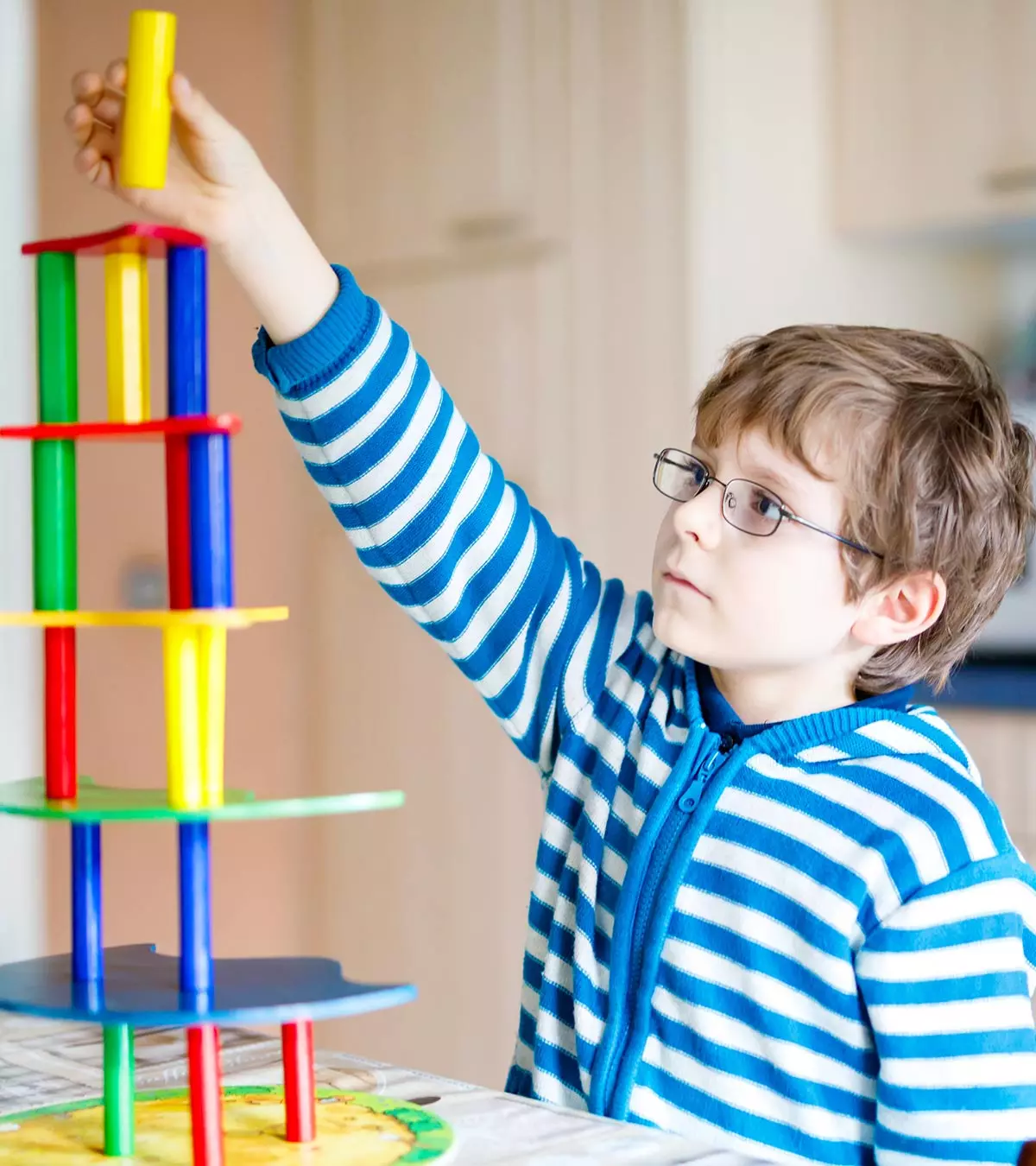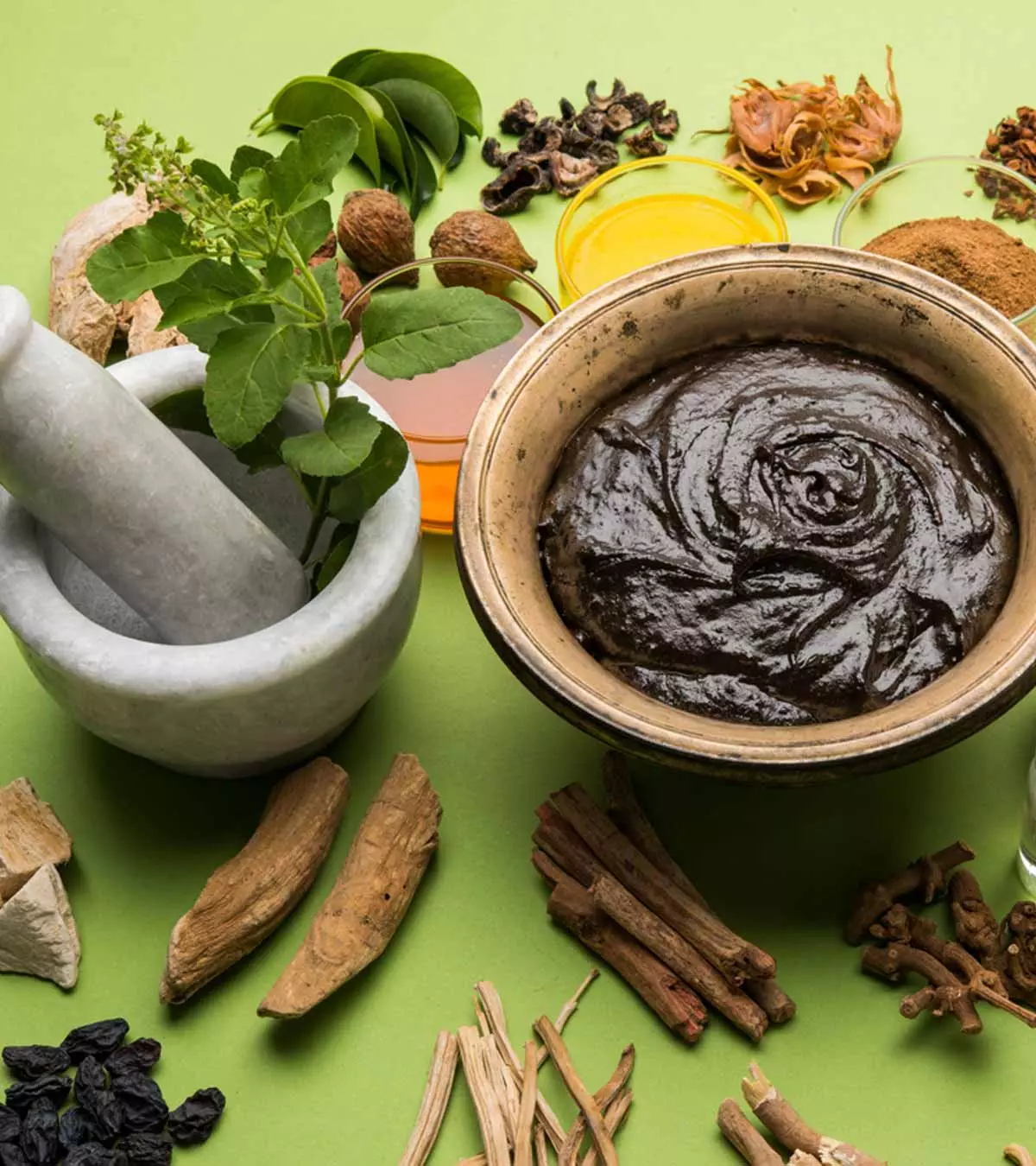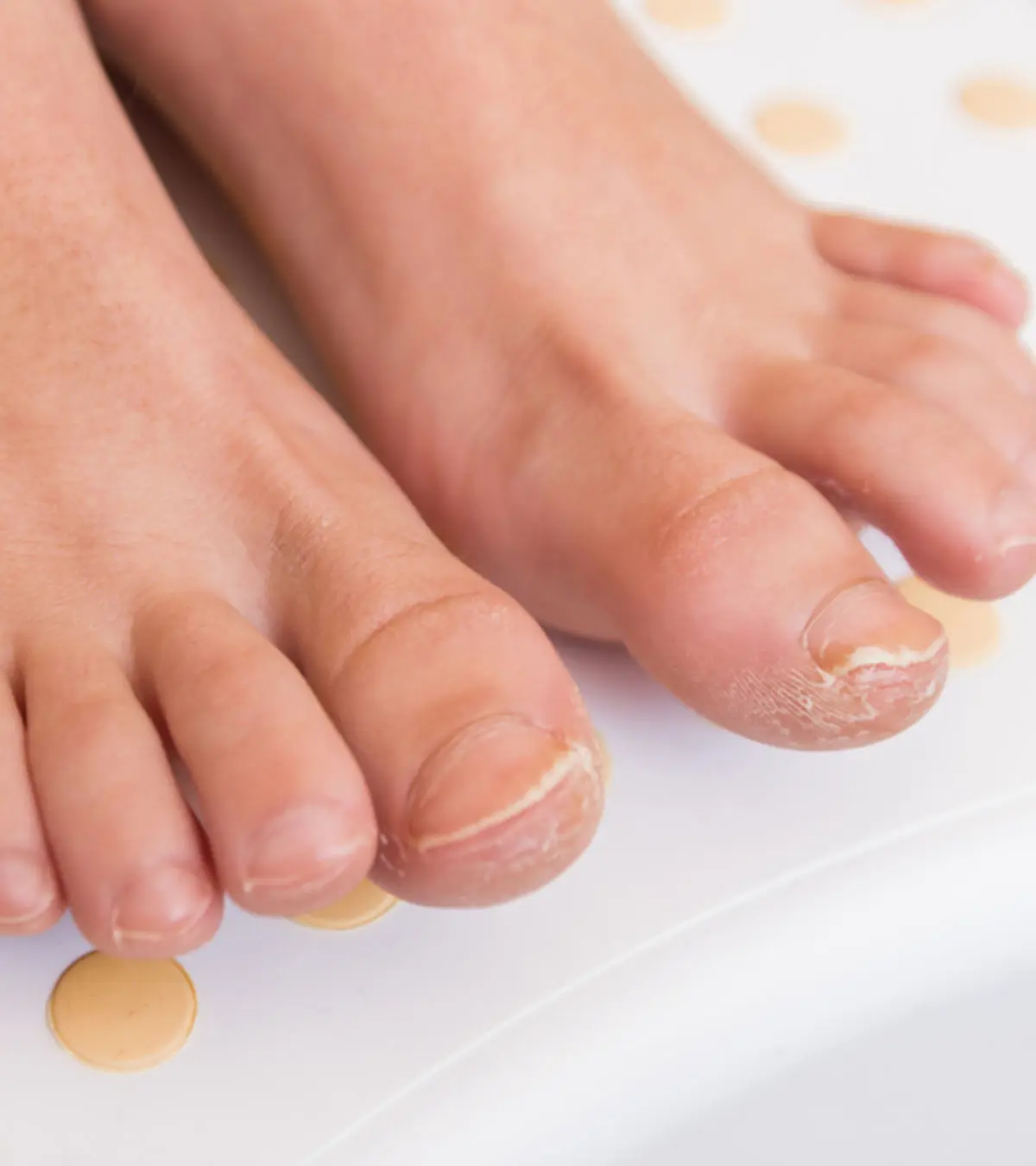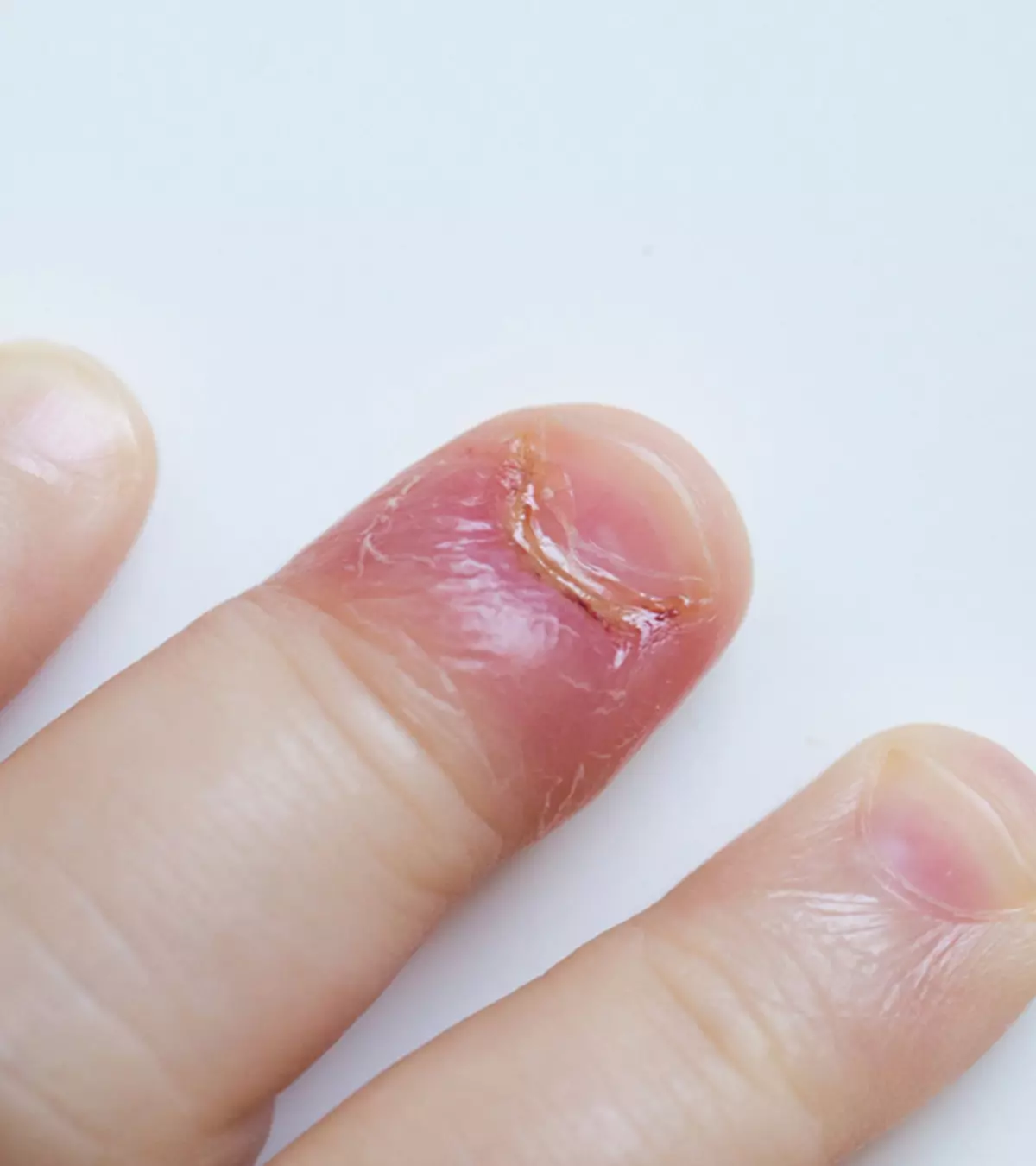
Yeast infection in children is a fungal infection affecting their skin and mucous membranes. It occurs due to Candida, a type of yeast. The infection is also known as candidiasis or moniliasis. The treatment for yeast infection is usually with topical applications, such as creams or antifungal ointments. However, severe infections in children might have to be treated with oral medications or, in rare cases, intravenous antifungal therapies. Read on to know more about the possible causes, symptoms, treatment options, and preventive measures for yeast infection in children.
Key Pointers
- Yeast infection in children occurs due to Candida, a type of yeast.
- Some possible causes could be skin damage, poor hygiene, hormonal changes, or humid weather.
- The symptoms are itching and rashes on the skin, burning in the vaginal area, scaling or redness of the penis, etc.
- Maintaining good hygiene, avoiding perfumed soaps, and wearing clean undergarments help prevent yeast infection.
- Some treatments may include medicated ointments, suppositories and intravenous antifungals.
Causes Of Yeast Infection In Children
Yeasts are normal inhabitants of the digestive system, skin, and genital area. These are generally harmless organisms, but the following conditions may cause them to become infective (1).
- Skin damages
- Poor hygiene
- Warm and humid weather
- ImmunocompromisationiThe body's inability to fight off infections and diseases leading to an increased susceptibility to illnesses due to certain diseases, such as cancer or HIV
- Chronic illnesses, such as diabetes, since high blood sugar levels may promote yeast growth
- Hormonal changes
- Antibiotic usage

- Corticosteroid use
Antibiotics and corticosteroids may hamper the growth of normal flora of the body, resulting in the overgrowth of yeast.
Children with immunodeficiency due to diseases such as AIDS may experience severe yeast infections.
 Quick fact
Quick factSigns And Symptoms Of Yeast Infection In Children
The symptoms of a yeast infection may vary depending on the affected area (2).
- Skin folds or navel area: Rashes and pimples are seen. Itching, irritation, or burning sensation is felt in the skin folds. Clear fluid may ooze from the rashes if left for long.
- Vaginal area: Itching and burning sensation of the vaginal area is a common symptom. Redness and yellow or white vaginal discharge with an offensive smell could also occur during a vaginal yeast infection.
- Penis: Severe pain and scaling is usually seen during yeast infection of the penis. Redness may also be noticeable.
- Mouth (oral) thrush: White patches on the tongue, inside the cheeks, and floor of the mouth are common during oral thrush in children. Some children may experience pain.

- Corners of the mouth: This type of yeast infection is called perleche. Cracks and tiny cuts are seen at the corners of the mouth.
- Nail beds: Yeast infection of the nail beds is called paronychia. White or yellow discoloration of the nail, which appears to separate from the nail bed, is a common sign of paronychia. Children may also have pain, inflammation, and pus draining from the nail beds.
These symptoms and signs may also occur in other skin conditions. Thus, you should consult a pediatrician for an exact diagnosis.
Prevention Of Yeast Infection In Children

The following measures could help prevent yeast infection in children (3) (7) (8).
- Maintain good hygiene.
- Keep the skin clean and dry.
- Avoid antibacterial soaps, perfumed soaps, and shower gels to wash the genital area.
- Use pure water wipes instead of wet wipes with fragrances or alcohol.
- Change diapers frequently to avoid diaper rash.
- Use highly absorbent diapers instead of plastic-lined ones or rubber pants.
- Keep the child’s sugar levels in control if they are diabetic.
- Avoid steroidal creams, corn starch, talc, or baby powder.
- Avoid tight clothing or diapers as they may rub against the skin.
- Use clean and breathable undergarments to avoid yeast diaper rash.
- Use prescribed immune-boosting antibiotics.
- Follow preventive measures if the child has a weak immune system.
- Eat a diet rich in probiotics to help maintain healthy gut flora and reduce the risk of yeast overgrowth.
Improper hygiene and wetness in the genital area and skin folds could increase the growth of yeast.
Certain skincare products, such as strong soaps, may destroy the skin’s natural flora. You may give your child mild soaps and encourage them to keep the body clean and dry.
 Things to know
Things to knowWhen To See A Doctor?
You may visit a healthcare provider if your child has any of the following signs and symptoms.
- Yeast infection affects a large area of the body
- Existing symptoms worsen
- Fever
- Signs of a severe skin infection, such as swelling, redness, and warmness
- Development of new symptoms
Medical history and physical examination can help identify yeast infection in children.
Pediatricians may also scrape and collect a sample of the skin lesion for microscopic examination or culture to confirm the diagnosis.
Treatment For Yeast Infection In Children
The treatment may vary according to the affected area, the severity of the infection, and the child’s health status. Treatment options may include the following (1).
- Medicated ointments, creams, or gels are prescribed to treat skin infection.

- Vaginal or anal infections may require medicated suppositories.
- Medicated mouthwashes and lozenges are used for oral thrush.
- Severe infection and infection in immunodeficient children may require oral anti-yeast medicines (antifungal medicines).
- Intravenous antifungals may be prescribed if other parts of the body are involved or severe infections.
Possible Complications Of Yeast Infection In Children
Although yeast infection may not cause any complications in most children, it may result in life-threatening conditions in some rare cases. Invasive infection and a weak immune system are major reasons for complications.
The possible complications of an untreated yeast infection may include:
- Chronic fatigue
- Oral thrush
- Abdominal discomfort
- Secondary bacterial skin infection due to repeated scratching
- Candidemia, a bloodstream yeast infection
- Invasive candidiasis, the spread of yeast infection to other parts of the body, such as the brain, eyes, bones, and heart
Skin damage, poor hygiene, hot and humid weather, hormonal changes, and weakened immune systems can cause yeast infection in children. Most children experience skin rashes, itching, and burning sensation in the affected area. Children with low immunity can develop complications of yeast infection such as invasive candidiasis and secondary bacterial infections. Maintaining good hygiene, keeping the skin clean and dry, and using breathable undergarments can prevent yeast infections. You may also seek pediatric care and use prescribed antifungal medications as per recommendations.
Infographic: What Medicines Put One At Risk Of Developing Yeast Infection?
Some medicines, especially corticosteroids, may reduce the immune system’s efficacy if not used as per a doctor’s prescription or when prescribed for the long run. This may increase the risk of fungal infections, including yeast infections, in children. Give this infographic a read to know about such medicines and also save it for future reference. Illustration: Momjunction Design Team
Frequently Asked Questions
1. Are yeast infections normal in children?
Yeast infection or candidiasis has become increasingly common in children. Children with a weak immune system are more susceptible to it (4).
2. What is the fastest way to treat a yeast infection?
Antifungal ointments are the primary treatment for yeast infections. Hence, consult your child’s pediatrician immediately for a safe prescription.
3. Do yeast infections go away on their own?
The symptoms of mild yeast infections may subside without any treatment. However, since this is rare, it is recommended to seek medical help without delay.
References
1. Yeast infection (candidiasis); Cincinnati Children’s Hospital
2. Candidiasis (Yeast Infection) In Children; Children’s Hospital Of Philadelphia
3. Candidiasis In Children; Nationwide Children’s Hospital
4. Akansha Jain et al. (2010);Emerging fungal infections among children: A review on its clinical manifestations, diagnosis, and prevention; NCBI
5. Pediatric Yeast Infection; Children’s Hospital Association
6. Yeast Infections in Girls and Young Women; American Academy of Pediatrics
7. Yeast Diaper Rash; Cleveland Clinic
8. Thrush and Yeast Infections; Nationwide Children’s Hospital
Community Experiences
Join the conversation and become a part of our nurturing community! Share your stories, experiences, and insights to connect with fellow parents.
Read full bio of Dr. Anisa Vahed
Read full bio of Dr Bisny T. Joseph
Read full bio of Dr. Ritika Shah
Read full bio of Shinta Liz Sunny






